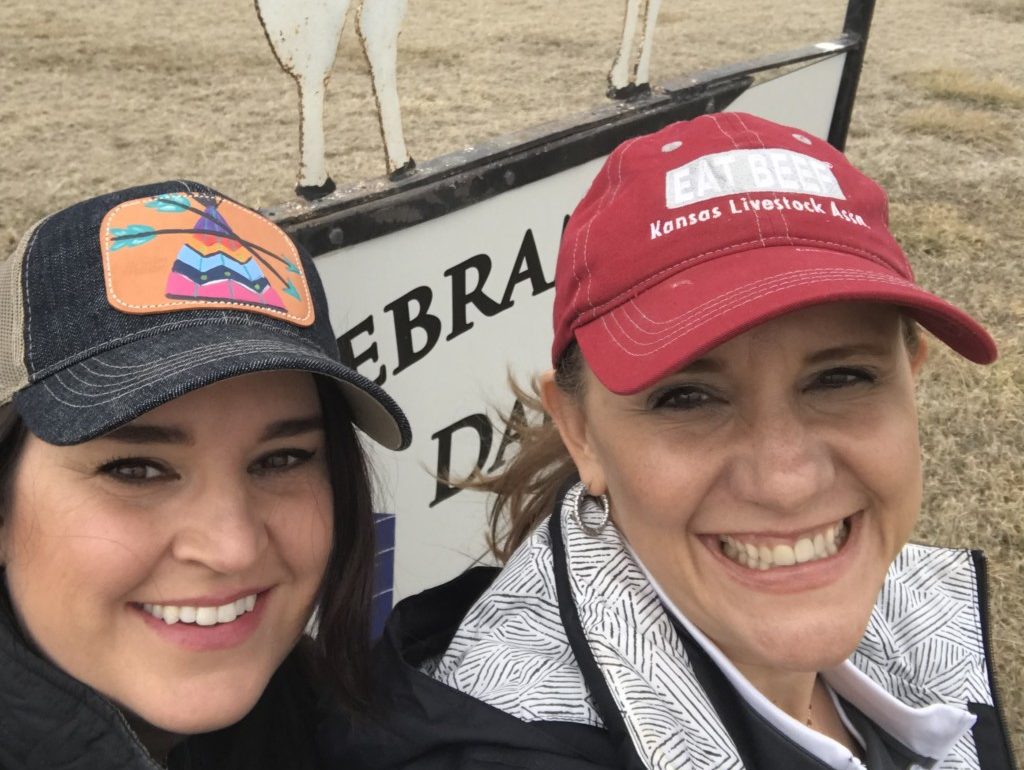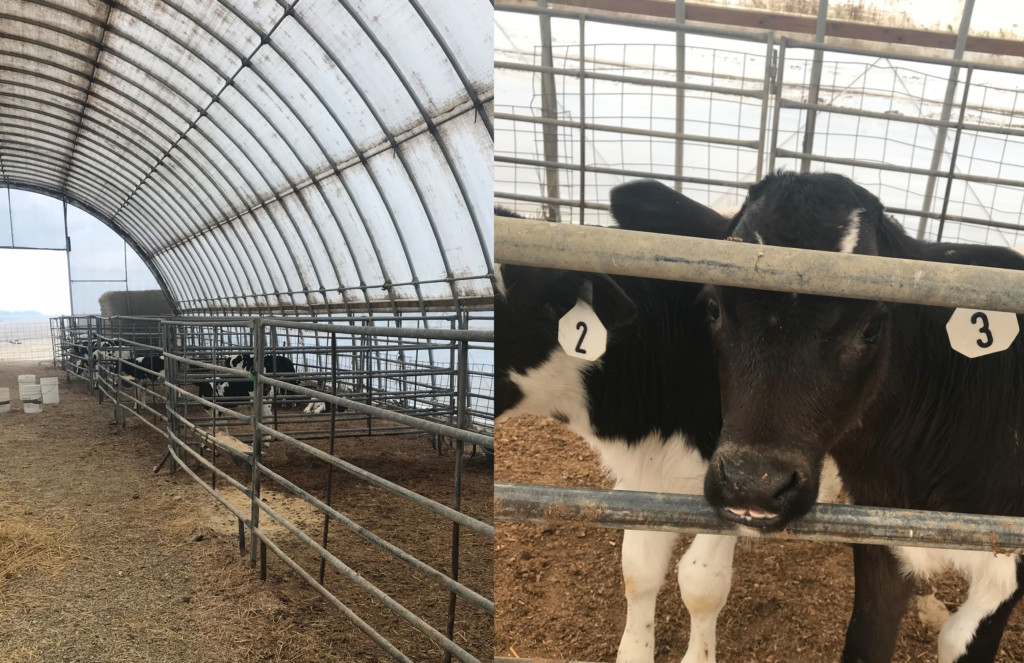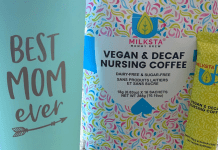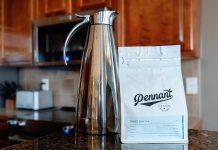 Living on a dairy is not something that I have ever aspired to do. I live on a cattle ranch, and it’s lot of work…but living on a dairy is a whole new level of a lot of work.
Living on a dairy is not something that I have ever aspired to do. I live on a cattle ranch, and it’s lot of work…but living on a dairy is a whole new level of a lot of work.
My father grew up on a small dairy farm, and he shares happy memories of some parts but the underlying message (especially when we had done something wrong as kids and were getting lectured) was always “work, work, work!”
However, my love of dairy is best described by the contents of my refrigerator: many pounds of butter, lots of cheeses, yogurt, cream and of course, milk.
Because of my love of agriculture and its story (and of butter and cream) I wanted to see and learn how the whole process worked.
There is this milk that I love that they sell in glass bottles, and when I discovered that the dairy was in Junction City, I had to go check it out.
Dairy Farm 101:
Dairy cattle are what most people think of when they picture a cow- a white cow with black spots, this breed is called a Holstein (there are other dairy breeds too!). Just like breeds of any animal there are a lot of similarities, but a lot of differences too –and when you look close, it is not just the color that is different, their build and shape are different too.
For cows to lactate, they have to have a baby, just like us. So after they deliver a calf they produce milk. Each dairy does things differently, of course, but at this dairy, they milk twice a day – once in the morning, and once in the evening. And those cows want to get milked! When their udders fill up, it’s necessary! (As much as I hate it when my husband compares me to cattle (occupational hazard) cows do have a lot in common with human mothers – and I remember this feeling well!). So twice a day someone has to be there to milk (remember what I said about a lot of work??)
The cows spend a lot of time in the “free stall” barn complete with fans and misters, but also get to spend time in the pasture. And not just boring grass for these gals, all that milk production burns a lot of calories… So they get fed a high calorie, yummy Total Mixed Ration, which is blending feeds to provide nutrition they need. And when I say ‘all that milk’ I am serious. Dairy cows, produce average 10-gallons-a-day-a-lot!

What was really cool is they bottle their own milk on site and what was extra cool to learn is that the milk that is pumped goes straight to the tank and the first time it sees light is as it is being poured into the glass bottle. It never comes in contact with a human! Straight from the cow to the bottle (with a few steps in between!).
This leads to me to fascinating info and dairy terms:
Whole Milk: Milk as it comes out of the cow approximately 4% “butterfat”.
Cream: Whole milk naturally separates, the cream rises to the top and the rest of the milk is…
Skim Milk: has a zero “butterfat”
2% Milk: half whole milk and half skim milk producing about a 2% “butterfat” milk.
Butter: Cream that is churned into a solid
Buttermilk: The milk that is leftover when cream is churned into butter.
Shelf life of milk: A 12-day shelf life is average. At this dairy they label 18-days and guarantee 21-days!
Pasteurize: When milk is heated to kill bacteria/enzymes and then cooled down.
Homogenization: milk is mixed so that it doesn’t separate (before we did this the cream would float to the top so you would have to shake it to mix before drinking – started in the 50’s)
Inspection: Site inspected weekly!
Hormones: ALL milk has hormones in it. So does EVERY OTHER FOOD that was once living (only thing I can think of that doesn’t is salt). But, they don’t use growth hormones (like we do in beef cattle) at dairies seldom use hormones (RSBT) at all anymore.
Glass bottles: are reusable and save us from 64 plastic gallon jugs each on average! It keeps milk colder too!
AND! Let’s not forget…Milk does a body good!
Thank you to Hildebrand Dairy for letting us visit and ask a million questions. A huge shout-out to Melissa who rises before the sun to milk cows, bottle it, market it and still manages to pick the kids up from school and make dinner. #momsareawesome
















